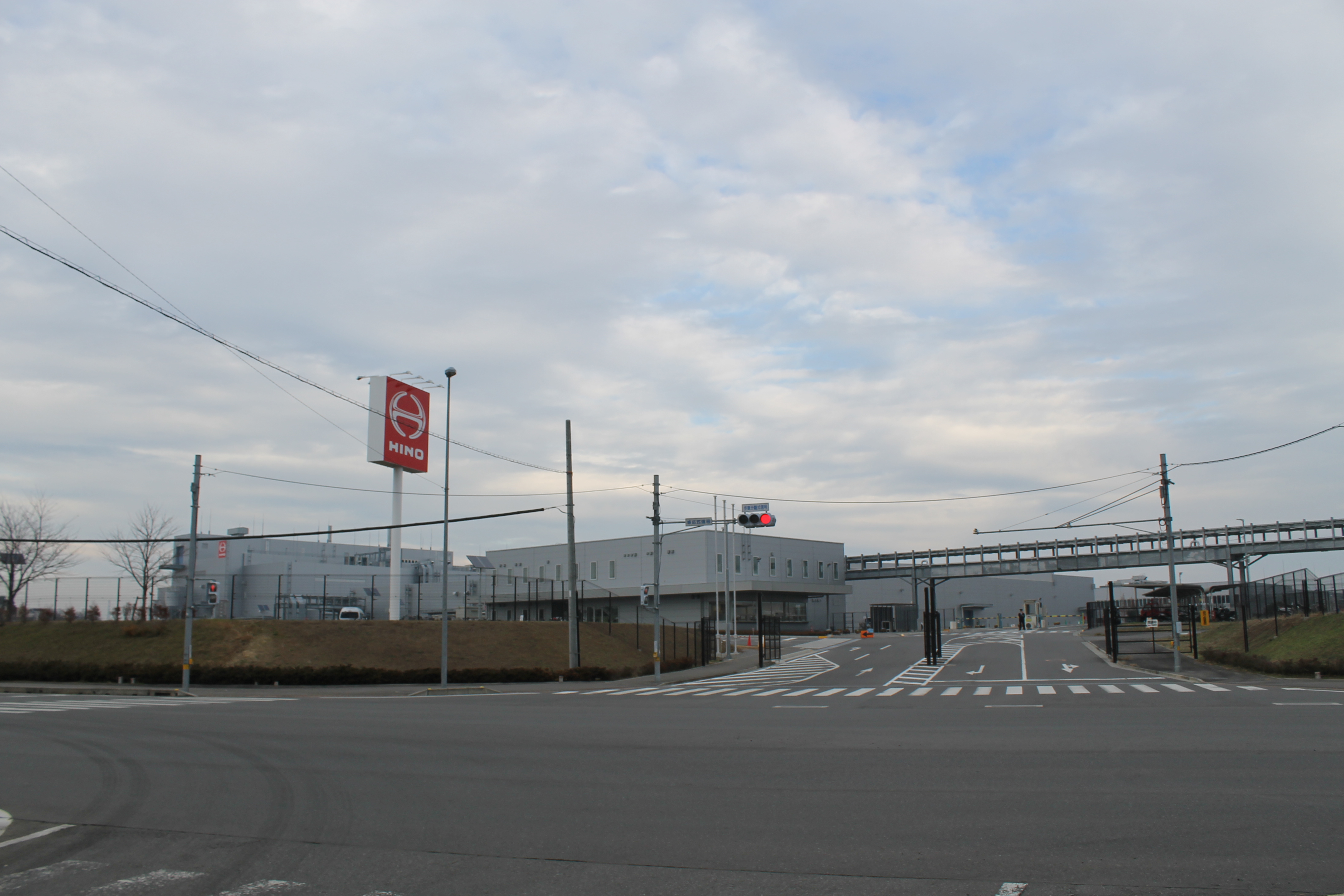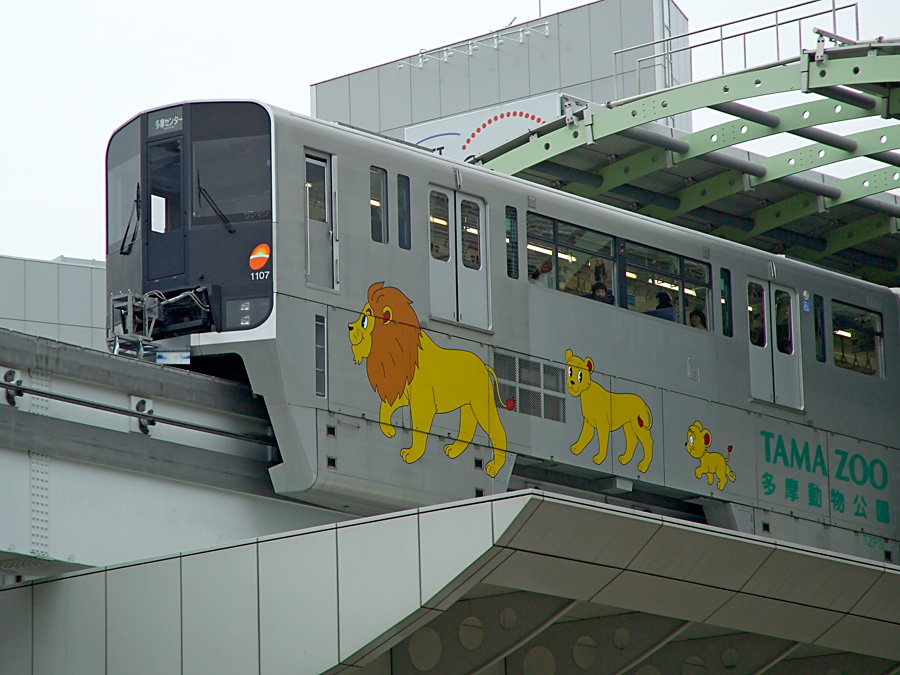|
Hino
Hino may refer to: Places Estonia * Hino, Põlva County * Hino, Võru County ** Lake Hino Japan * Hino, Shiga * Hino, Tokyo * Hino, Tottori ** Hino District, Tottori ** Hino River Transportation * Hino Motors, a Japanese truck manufacturer owned by Toyota ** Hino Pakistan * Hino Station (other), railway stations in Japan: ** Hino Station (Nagano), a railway station Susuka, Nagano, operated by Nagano Electric Railway ** Hino Station (Shiga), a railway station operated by Ohmi Railway ** Hino Station (Tokyo), a railway station operated by East Japan Railway Company Other uses * Hino (surname), a Japanese surname * Hé-no, also called Hino, an Iroquois thunder spirit See also * Heino (other) {{disambiguation, geo ... [...More Info...] [...Related Items...] OR: [Wikipedia] [Google] [Baidu] |
Hino Motors
Hino Motors, Ltd., commonly known as Hino, is a Japanese manufacturer of commercial vehicles and diesel engines (including those for trucks, buses and other vehicles) headquartered in Hino, Tokyo. The company was established in 1942 as a corporate spin-off from previous manufacturers. Hino Motors is a large constituent of the Nikkei 225 on the Tokyo Stock Exchange. It is a subsidiary of Toyota and one of 16 major companies of the Toyota Group. History Predecessors Hino's predecessors trace back to the founding of Tokyo Gas Industry Company in 1910. In 1910, Chiyoda Gas Company was established and competed fiercely against incumbent Tokyo Gas Company for supplying natural gas to users. Tokyo Gas Industry was a parts supplier for Chiyoda Gas but it was defeated and merged into Tokyo Gas in 1912. Having lost its largest client, Tokyo Gas Industry Co. broadened its product line including electronic parts, and renamed itself as Tokyo Gas and Electric Industry (東京瓦斯電気工 ... [...More Info...] [...Related Items...] OR: [Wikipedia] [Google] [Baidu] |
Hino Pakistan
Hinopak Motors is a Pakistani truck and bus assembler based in Karachi. It is a subsidiary of Hino Motors. Its assembly plant is located at S.I.T.E Industrial Area. It is listed on the Pakistan Stock Exchange. History Hinopak was formed in 1985 by Hino Motors, Toyota Tsusho, Al-Futtaim Group and Pakistan Automobile Corporation. In 1988, it was listed on the Karachi Stock Exchange. In 1998, Hino Motors, and Toyota Tsusho Corporation obtained majority shareholding in the company after disinvestments by the other two founding investors. Hinopak Motors has a 70% market share in Pakistan, and gained its highest-ever after-tax profit in FY~2018-19. Operations in Pakistan In 2021, HinoPak Motors signed a solar power purchase agreement with UAE-based solar energy company, Yellow Door Energy. The agreement aimed to reduce the company's reliance on grid power and offset approximately 15% of its energy consumption. Yellow Door Energy installed a 4.4 MW solar power system at HinoPak Mo ... [...More Info...] [...Related Items...] OR: [Wikipedia] [Google] [Baidu] |
Hino, Tokyo
file:KongojiFudodo20130815.jpg, 250px, Takahata Fudō in Hino is a Cities of Japan, city located in the western Tokyo, western portion of the Tokyo Metropolis, Japan. , the city had an estimated population of 187,048, and a population density of 6,800 persons per km². The total area of the city was . History The area of present-day Hino was part of ancient Musashi Province. During the Edo period, the village of Hino developed as a shukuba, post station on the Kōshū Kaidō. In the post-Meiji Restoration cadastral reform of 1871, Hino-juku became part of Kanagawa Prefecture. In the reorganization of districts in 1889, Hino-juku came under the jurisdiction of Minamitama District. The entire district was transferred to the control of Tokyo Prefecture on April 1, 1893, at which time Hino-juku was proclaimed Hino Town under the modern municipalities system. The area of the town expanded through annexation of neighboring villages in 1901 and 1958. On November 3, 1963, Hino was eleva ... [...More Info...] [...Related Items...] OR: [Wikipedia] [Google] [Baidu] |
Hino, Shiga
file:Blumen Hugel, Nishioji, Hino-cho, Shiga-ken, ブルーメの丘 - panoramio (2).jpg, 260px, Blumen Hugel is a List of towns in Japan, town located in Gamō District, Shiga, Gamō District, Shiga Prefecture, Japan. , the town had an estimated population of 21,149 in 8467 households and a population density of 180 persons per km2. The total area of the town is . Geography Hino is located in east-central Shiga Prefecture in a large isolated rural area nestled beside the Suzuka Mountains with the town's tallest peak being Mt. Watamuki (1110m). Surrounding municipalities Shiga Prefecture *Higashiōmi *Kōka, Shiga, Kōka Climate Hino has a Humid subtropical climate (Köppen ''Cfa'') characterized by warm summers and cool winters with light to no snowfall. The average annual temperature in Hino is 13.1 °C. The average annual rainfall is 1673 mm with September as the wettest month. The temperatures are highest on average in August, at around 24.9 °C, and lowest ... [...More Info...] [...Related Items...] OR: [Wikipedia] [Google] [Baidu] |
Hino, Tottori
is a List of towns in Japan, town located in Hino District, Tottori, Hino District, Tottori Prefecture, Japan., the town had an estimated population of 2,591 in 1,223 households and a population density of 19 persons per km². The total area of the town is Geography Hino is located in the Chūgoku Mountains in western Tottori Prefecture. The town center is located around the West Japan Railway Company, JR West Hakubi Line Neu Station. Neighboring municipalities Tottori Prefecture *Nichinan, Tottori, Nichinan *Nanbu, Tottori, Nanbu *Hōki, Tottori, Hōki *Kōfu, Tottori, Kōfu Okayama Prefecture *Niimi, Okayama, Niimi *Shinjō, Okayama, Shinjō Climate Hino is classified as a Humid subtropical climate (Köppen ''Cfa'') characterized by warm summers and cold winters with heavy snowfall. The average annual temperature in Hino is 11.9 °C. The average annual rainfall is 1883 mm with September as the wettest month. The temperatures are highest on average in August, at aro ... [...More Info...] [...Related Items...] OR: [Wikipedia] [Google] [Baidu] |
Hino Station (Shiga)
is a passenger railway station in located in the town of Hino, Shiga Prefecture, Japan, operated by the private railway operator Ohmi Railway. Lines Hino Station is served by the Ohmi Railway Main Line, and is located 37.8 rail kilometers from the terminus of the line at Maibara Station. Station layout The station consists of two unnumbered opposed side platform A side platform (also known as a marginal platform or a single-face platform) is a platform positioned to the side of one or more railway tracks or guideways at a railway station, tram stop, or transitway. A station having dual side platforms, ...s connected by a level crossing. Platforms Adjacent stations History Hino Station was opened on October 1, 1900. In 2017, plans to demolish the old station building were opposed by local residents in favor of preservation, and after remodeling the old station building is now used as a cafe, tourist information center and museum. Passenger statistics In fiscal 2 ... [...More Info...] [...Related Items...] OR: [Wikipedia] [Google] [Baidu] |
Hino Station (Nagano)
is a railway station in the city of Suzaka, Nagano, Japan, operated by the private railway operating company Nagano Electric Railway. Lines Hino Station is a station on the Nagano Electric Railway Nagano Line and is 11.0 kilometers from the terminus of the line at Nagano Station. Station layout The station consists of one ground-level side platform A side platform (also known as a marginal platform or a single-face platform) is a platform positioned to the side of one or more railway tracks or guideways at a railway station, tram stop, or transitway. A station having dual side platforms, ... serving one bi-directional track. The station is unattended. Adjacent stations History The station opened on 28 June 1926. The station was closed on 11 January 1944, and re-opened on 8 October 1987. Passenger statistics In fiscal 2016, the station was used by an average of 209 passengers daily (boarding passengers only). Surrounding area * Hino Elementary School See also * ... [...More Info...] [...Related Items...] OR: [Wikipedia] [Google] [Baidu] |
Lake Hino
Lake Hino ( Estonian: ''Hino järv''; also: ''Pugalo järv'', ''Suur-Pugalo järv'', ''Valgejärv'', and ''Henno järv'') is a lake in Rõuge Parish, Võru County, Estonia Estonia, officially the Republic of Estonia, is a country in Northern Europe. It is bordered to the north by the Gulf of Finland across from Finland, to the west by the Baltic Sea across from Sweden, to the south by Latvia, and to the east by Ru .... It is located near the villages of Hino and Misso. The lake covers an area of 198.8 ha, which is the largest and most island-rich lake in the Haanja Upland. Its maximum depth is 10.4 m, the average 3.1 m. Lake Hino is located at an altitude 180 meters above sea level. See also * List of lakes of Estonia References Hino Rõuge Parish Lakes of Võru County {{Estonia-geo-stub ... [...More Info...] [...Related Items...] OR: [Wikipedia] [Google] [Baidu] |
Hino Station (Tokyo)
is a passenger railway station located in the city of Hino, Tokyo, Japan, operated by East Japan Railway Company (JR East). Lines Hino Station is served by the Chūō Main Line local service from and the Chūō Line (Rapid) limited stop service from . The station is 40.8 kilometers from Tokyo Station. Station layout The station consists of a single island platform serving two tracks. The station is staffed. Platforms File:JR_Chuo-Main-Line_Hino_Station_Gates.jpg, Ticket gate, April 2021 File:JR_Chuo-Main-Line_Hino_Station_Platform.jpg, Station platform, April 2021 History Hino Station opened on 6 January 1890. With the privatization of Japanese National Railways The , abbreviated JNR or , was the business entity that operated Japan's national railway network from 1949 to 1987. Network Railways As of June 1, 1949, the date of establishment of JNR, it operated of narrow gauge () railways in all 46 pre ... (JNR) on 1 April 1987, the station came under the control of ... [...More Info...] [...Related Items...] OR: [Wikipedia] [Google] [Baidu] |
Hino, Põlva County
Hino is a village in Kanepi Parish, Põlva County in southeastern Estonia Estonia, officially the Republic of Estonia, is a country in Northern Europe. It is bordered to the north by the Gulf of Finland across from Finland, to the west by the Baltic Sea across from Sweden, to the south by Latvia, and to the east by Ru .... (retrieved 28 July 2021) Sculptor August Weizenberg (1837–1921) was born in Ritsike tavern in Hino village. References Villages in Põlva County {{Põlva-geo-stub ... [...More Info...] [...Related Items...] OR: [Wikipedia] [Google] [Baidu] |
Hino, Võru County
Hino is a village in Rõuge Parish, Võru County in Estonia Estonia, officially the Republic of Estonia, is a country in Northern Europe. It is bordered to the north by the Gulf of Finland across from Finland, to the west by the Baltic Sea across from Sweden, to the south by Latvia, and to the east by Ru .... (retrieved 14 March 2020) References Villages in Võru County {{Võru-geo-stub ... [...More Info...] [...Related Items...] OR: [Wikipedia] [Google] [Baidu] |
Hino District, Tottori
is a district located in Tottori Prefecture, Japan. As of 2012, the district has an estimated population of 12,036 and a density of 20.1 persons per km2. The total area is . History Hino District has been settled since ancient times. The area is especially rich in remains from the late Kofun period (250 – 538) AD. Hino District belonged to Hōki Province, a former old province of Japan that covered the western part of present-day Tottori Prefecture. The district is described in the '' Izumo Fudoki'', a detailed 8th-century record of the culture and geography of Izumo Province. The '' Wamyō Ruijushō'', a 10th-century Japanese dictionary, records that the district consisted of six villages by the time of the Heian period (794 – 1185). From the middle of the Kamakura period to the end of the Nanboku-chō period, from roughly the 13th to 14th centuries, the district was controlled by the Hino and Kamonamochi clans. Various clans took control of the district in the ... [...More Info...] [...Related Items...] OR: [Wikipedia] [Google] [Baidu] |

